Are you wondering what to use essential oils for?
When I first discovered essential oils I had a TON of questions.
It took me several months to even open my first box of oils because I had no clue how to use them.
It can seem pretty daunting just looking at those pretty little bottles and wondering what to do next, trust me I’ve BEEN there.
But when I finally got the courage to break open my box of oils and actually start using them, there was no going back. I was totally hooked.
Though essential oils have been used for thousands of years, they have gotten a huge surge of popularity lately.
Tons of people are discovering their effectiveness and incorporating oils into their homes.
It seems that people are becoming more and more aware of what is going into their bodies and are looking for ways to help boost their wellness.
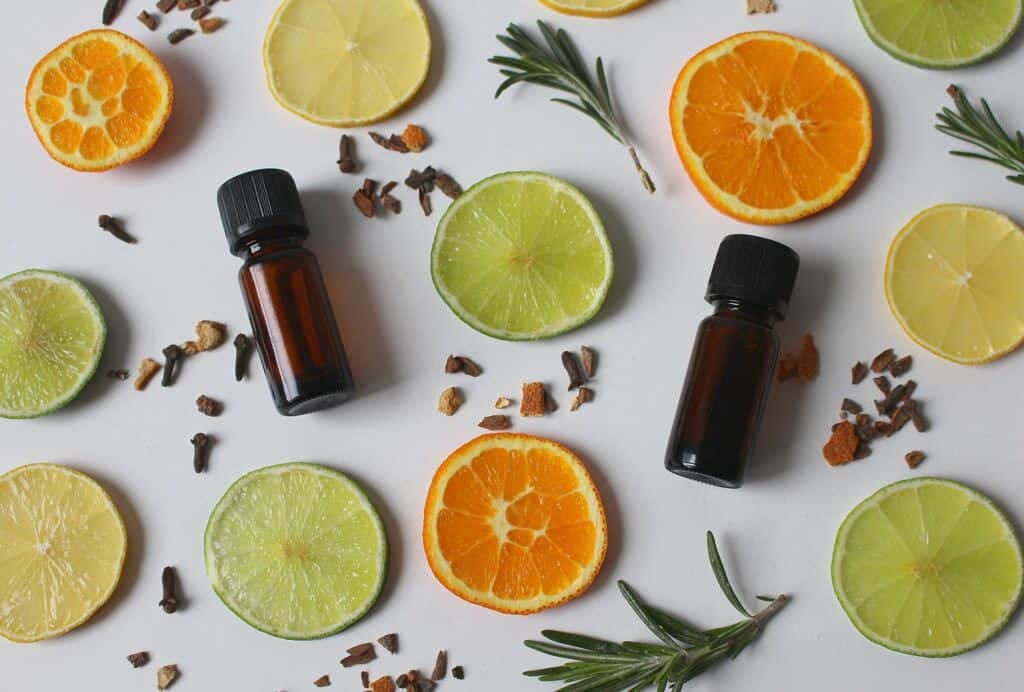
What Are Essential Oils?
Essential oils are made up of the highly concentrated natural oils found in plants.
They are called “essential” because it is literally the “essence” of the plant.
Some like to call it the “life blood” of the plant.
Once extracted, the beneficial properties of the plant remain in the essential oil left behind.
These oils are composed of hundreds of unique chemical components (like linalool in lavender and l-limonene in lemon) that work synergetically. And these elements contain the therapeutic properties found in the original plant.
It actually takes A LOT of plant material to make one bottle of essential oil.
It takes approximately 75 lemons to make one 15 ml bottle of lemon oil! So these oils are extremely concentrated.
That is why only a drop or two is needed when using essential oils so make sure to use sparingly.
How Are Essential Oils Made?
There are three main methods of extracting essential oils: distillation, cold pressing and resin tapping.
Distillation
Most high quality essential oils are extracted through low pressure and low temperature steam distillation of plant material.
This is the most commonly used method and looks a bit like this:
1. Harvested plants are placed in a distiller suspended over boiling water.
2. Steam pulls oil from the plant.
3. Steam rises into a vessel and is pushed through a tube.
4. Steam cools and condenses back into water.
5. The oil separates from the water and is collected.

Cold Pressed
Another way some oils are collected is called cold pressing.
This is how we get most citrus oils, like orange, bergamot, grapefruit and lemon.
1. After fruit is washed, it is placed in a container where it is agitated by spikes, grating, or other methods to bring the oils to the surface.
2. Water is sprayed over the fruit and mixed with the essential oil released from the punctured botanical material.
3. The essential oil is collected and separated from the water.
Resin Tapping
The third way to harvest plant matter is resin tapping.
Resin is a sap-like substance that flows from trees to protect them from damage.
Through a sustainable process that keeps the tree alive and thriving, the tree is tapped to release the resin, dry it, and then distill it.
Some of the oils produced from resin tapping are Frankincense, Myrrh, and Elemi.
Why Are Some Essential Oils So Expensive?
Some of the oils can be on the pricey side.
I know when I first saw some of the prices I balked.
I thought they were crazy if they thought people were going to pay that much for a little bottle.
But then I actually tried it myself and learned more about those specific oils and realized those prices actually make sense for what you get.
Many oils are so precious (and cost more) because they are sourced from plants only accessible in certain parts of the world and in a specific season.
Take, for example, Sacred Frankincense.
This oil is considered one of the “rarest, most sought-after aromatics in existence”, and is made from the resin of a tree grown in Salalah, Oman.
Sacred Frankincense was originally only available to the Saudi royals, and the fact that we now have access to it is pretty amazing.
Another example is Rose oil.
It takes approximately 22 pounds of rose petals to make a 5 ml bottle of rose oil.
Considering rose petals are about as light as a feather, that’s a ton of rose petals!
So it makes more sense that it would cost quite a bit more.
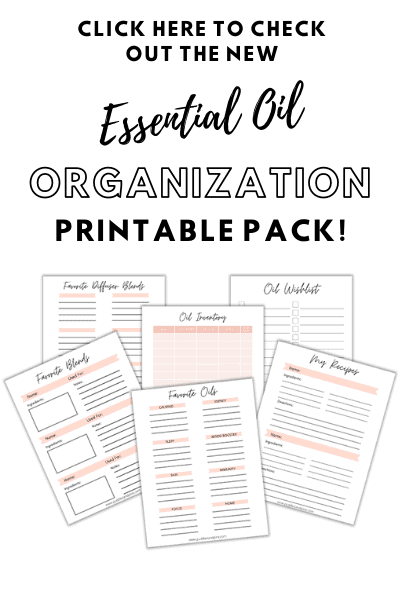 How To Use Essential Oils
How To Use Essential Oils
There are three main ways to use essential oils:
Inhalation
Our sense of smell is extremely powerful.
When we inhale something, odor molecules immediately travel up the nose to the limbic lobe of the brain, which is known as the emotional control center.
Inhalation is the ONLY way to stimulate this part of the brain, which is why certain smells can trigger a memory or emotion.
It is also a great way to reach the hypothalamus, your hormonal control center.
The best ways to inhale essential oils are to use them in a diffuser or direct inhalation from the bottle.
Or simply put a drop in your hands and hold them to your face and take a couple deep breaths.
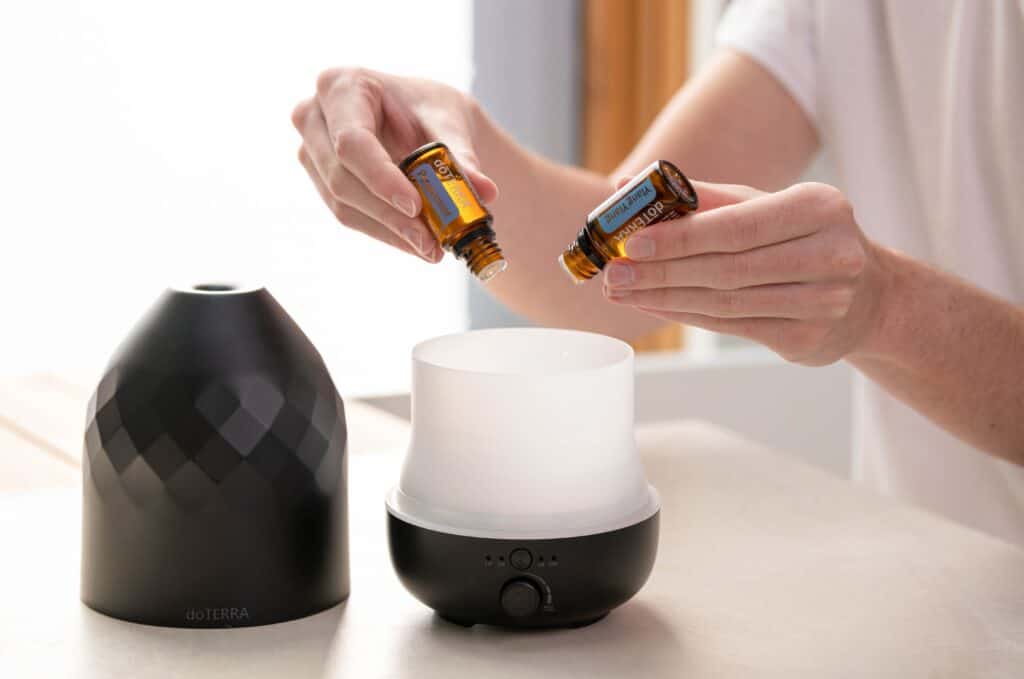
Topically
Our skin is the largest organ of the body and absorbs what you apply on it pretty easily.
Essential oils have the unique ability to penetrate cell membranes and enter the bloodstream very quickly.
The unique, lipid-soluble structure of essential oils is very similar to the makeup of our cell membranes.
The molecules of these oils are also very tiny, which enhances their ability to penetrate into the cells.
When topically applied, essential oils can travel throughout the body in a matter of minutes.
Popular places to apply topically are on the feet, hands, ears, neck, lower back, along the spine, temples and hairline.
Some pure oils are safe to apply neat (undiluted), others can be a bit too strong.
It’s best to start out by diluting the essential oil in a carrier oil to see how your body reacts and just experiment with which oils work for you.
My favorite carrier oil is fractionated coconut oil but any kind of carrier oil would work fine.
Also, kids tend to be more sensitive and their skin absorbs more so when in doubt, always dilute for children, especially babies.
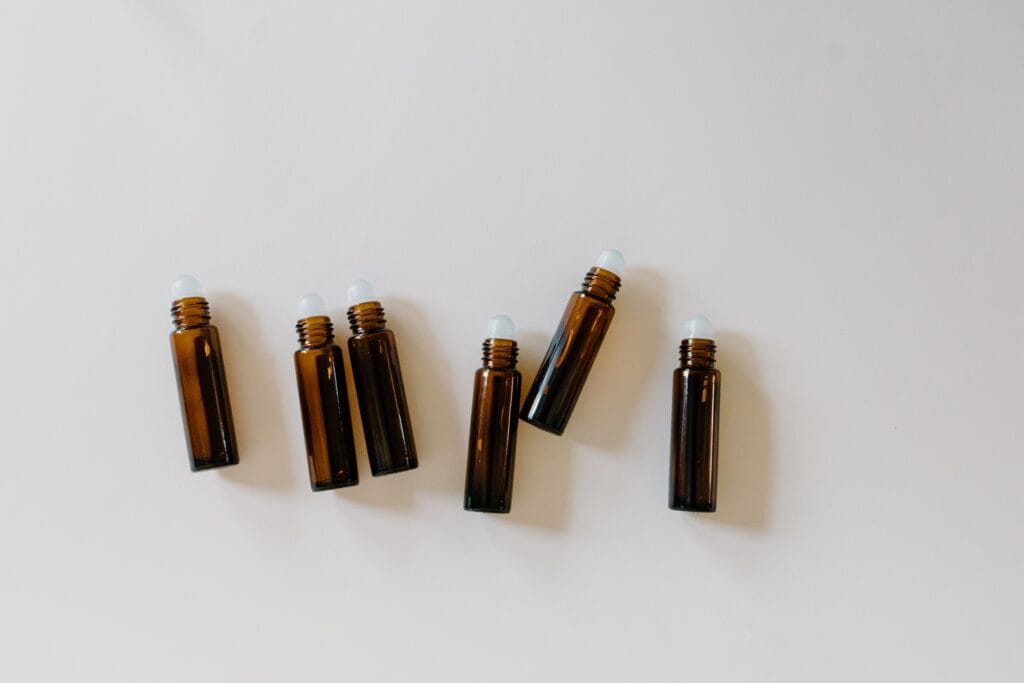
Internally
There is some debate on whether it’s safe to use essential oils internally.
The main reason being that if an essential oil is not pure it can be quite dangerous because whatever else is in that bottle is also going into your system.
I personally love to use them internally but ONLY because I have thoroughly researched the brand we use in our home.
They are transparent about how they process their oils and I am confident that what we are taking internally is 100% pure.
I put oils in my water every day and regularly cook with them and have had nothing but wonderful results so I can personally attest that oils from Young Living are safe to consume.
They also have a line of Vitality oils that have been approved by the FDA as safe for consumption, so that helps to put my mind at ease.
But please use your best judgement if you are not sure you’re comfortable taking oils internally.
My favorite way to take oils internally is by adding them to my water.
I add 2 drops of lemon vitality oil and 2 drops of grapefruit vitality oil to a 1 liter glass water bottle every day and I love the tasty energy boost I get from it!
This article by Healthline does a great job of explaining some of the unique profiles of certain oils and how to pick the right oils for you so be sure to check it out!
How To Diffuse Essential Oils
My favorite way to use essential oils is by diffusing them.
It not only releases them into the air so you can enjoy the therapeutic benefits but it also makes your space smell amazing.
If we are feeling under the weather then it’s easy to just diffuse some oils that support wellness and it can benefit the whole family effortlessly.
I love creating custom diffuser blends that help celebrate the season and replace things like scented candles but is also good for my family.
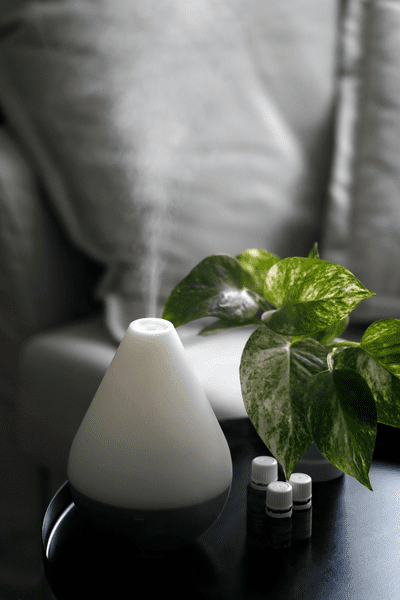
How to diffuse essential oils without a diffuser
If you don’t have a diffuser, that’s ok!
If you don’t have a diffuser on hand (or if you’re traveling and forgot to pack one), there are still plenty of ways to enjoy the benefits of essential oils.
One popular method is to simply add a few drops of oil to a pot of boiling water.
As the water evaporates, it will disperse the oil into the air, filling the room with your chosen scent.
Another option is to put a few drops of oil onto a cotton ball or piece of tissue paper and place it near a fan.
The movement of the air will cause the oil to evaporate, and again, fill the room with fragrance.
So, even if you don’t have a diffuser, there’s no need to miss out on the power of essential oils.
With a little creativity, you can still enjoy all the benefits they have to offer.
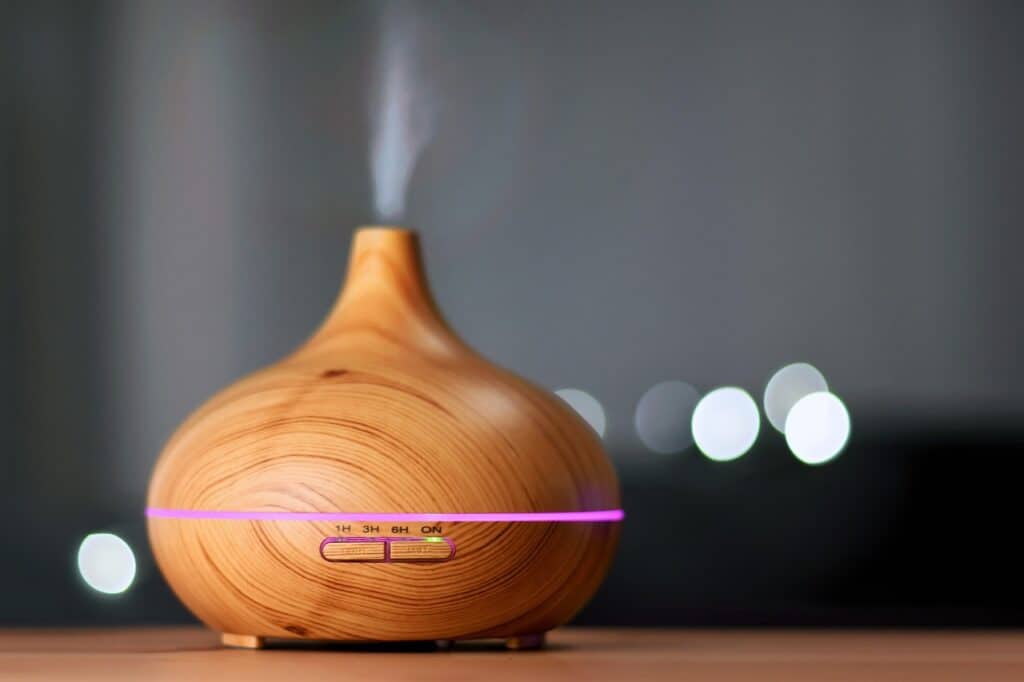
What Essential Oils Are Safe?
Please be extremely careful when researching what oils to use because not all oils are created equal.
Make sure the brand you are using is 100% pure and unadulterated.
Unfortunately “therapeutic grade” doesn’t mean a thing when it comes to essential oils.
In order to legally call their oil therapeutic, brands only need to have 5% pure oil in each bottle.
The vast majority of essential oils from other companies are extracted using high heat, high pressure, and chemical solvents.
Although the final product may still contain the aroma of the plant, these harsh processing methods destroys the therapeutic qualities of the oils.
Often these cheap oils are also cut with toxic synthetic chemicals, diluted with carrier oils, or even alcohol.
Using lesser-quality oils for therapeutic purposes is never recommended and can be extremely toxic.
Since essential oils are the concentrated essence of the plant, any contaminants in the soil or on the plant will also become present in the oil.
Quality matters!
So when researching what company to go with, make sure they are completely transparent about their distillation methods, testing and standards when it comes to their plants and bottling their oils.
After thorough research, I only trust Young Living oils and you can check out their Seed To Seal process to learn more about why.
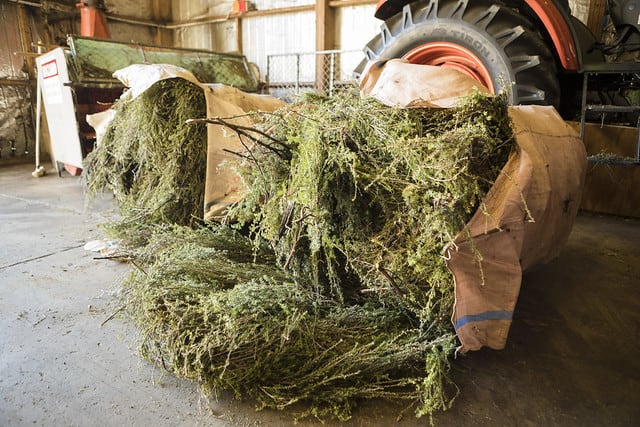
What To Use Essential Oils For
There are endless possibilities of what to use essential oils for.
I have utilized oils in every way that I can and now they are a staple in our home.
Check out some of the ways on how to use essential oils at home:
Essential Oils For Skincare Recipes
One of my very favorite ways to use oils is in skincare.
As an esthetician, I take skincare pretty seriously so I always take careful consideration when using certain ingredients.
I almost always put oils in my skincare products because it is the easiest way to customize it to my skin.
If you want some ideas on how to use essential oils in skincare, you can check out my DIY toner for oily and acne prone skin and DIY facial serum.
I also have an Ultimate Guide To Making Your Own Beauty Recipes that you can easily incorporate essential oils into.
Essential Oils For Hair
There are even some essential oils that can benefit your hair!
I love to add a few drops of oils to my shampoo and conditioner.
Want to help stimulate your scalp and support hair growth?
Add a couple drops of cedarwood and rosemary to your usual amount of shampoo.
Dealing with flakes and itchiness? Tea tree and peppermint feel DIVINE.
I even created a DIY hair oil with essential oils to help moisturize my super dry hair which can double as a hydrating scalp massage oil as well.
Check it out!
Cleaning With Essential Oils
I probably use essential oils for cleaning purposes more than anything else.
You can make almost any type of cleaner just by combining different oils with other natural ingredients.
One thing that bothers me about some “natural” cleaning products is that, even though they may have eliminated some of the more common toxic ingredients, there are always some lurking behind, like added fragrance.
I have done everything I can to replace every single cleaner in our house with something homemade and natural instead.
So if my kids come and run their hands over a surface I’ve just cleaned, I don’t need to worry about what they might be coming in contact with because I know it’s safe.
One of my FAVORITE substitutes is using a bit of olive oil with a couple drops of orange oil instead of my old stainless steel cleaner.
It gets my stainless steel kitchen appliances to absolutely SPARKLE and it smells like oranges!
Make sure to check out some of my other DIY natural cleaning recipes!
Cooking With Essential Oils
Another way you may not have thought to use essential oils is in cooking!
When cooking with essential oils, it is extra important to make sure you are using pure essential oils.
So again, whatever oils you are using, make sure you do your research.
I love to use oils in place of spices and extracts in certain dishes and to just add a little something extra.
Want to add some extra flavor to chocolate brownies? Try adding a couple drops of peppermint or orange oil.
Need to add a tsp of lemon extract to a recipe? Use 1 drop of lemon oil instead.
I love using oils when I’m cooking. I just made a lasagna with basil, oregano and rosemary oils the other day and it was amazing!
Another yummy treat? Peppermint ice cream. SO GOOD!
Just experiment and have fun with it!
Essential Oils For Health
Another very popular use for essential oils is to help support health and wellness.
There are countless ways to use essential oils to support wellness, like diffusing eucalyptus and peppermint for respiratory support when you’ve got a stuffy nose.
I love to make wellness roller bottles with immunity boosting oils for each of my kids to roll on their spines and bottoms of their feet every night before bed.
When cold and flu season hits, those roller bottles are a lifesaver!
There are plenty of other unconventional ways to use essential oils that you normally wouldn’t even think of, like using Lavender for yeast infections!
Don’t have any oils yet? Check out where I get my essential oils and how to get the best deal!
Related Articles:
Why I Choose To Use Young Living Oils
All Natural Cleaning Recipes For A Chemical Free Home
5 Amazing Essential Oil Roller Bottle Blends 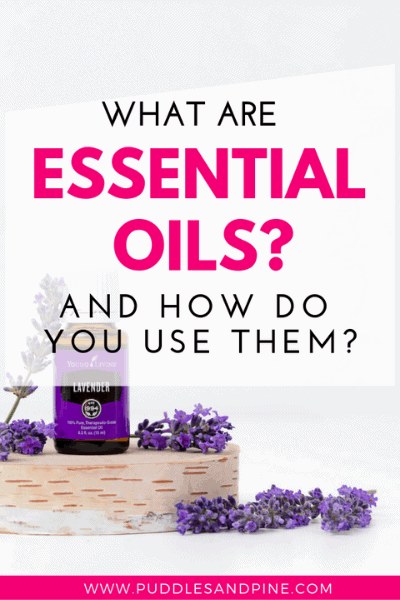


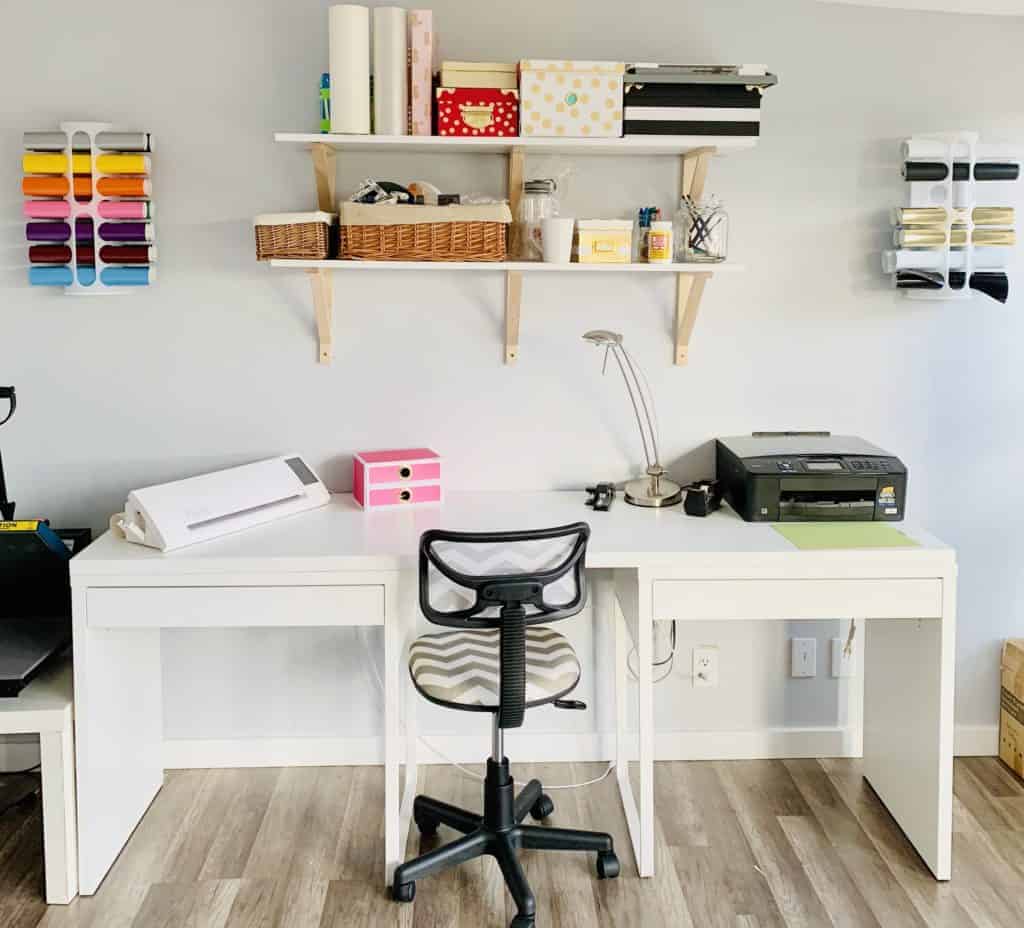
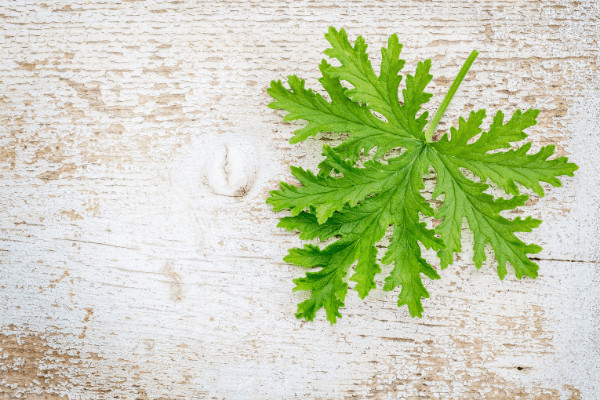
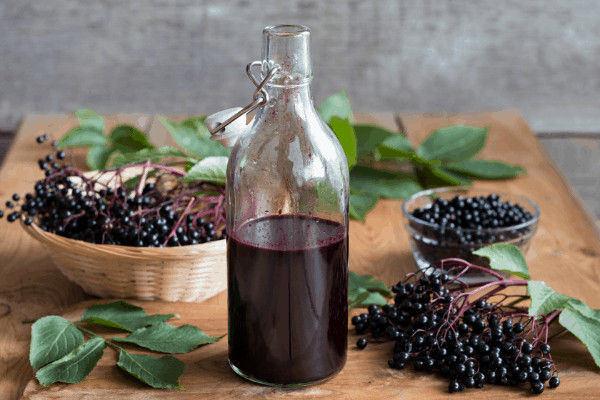

Really interested in experimenting with essential oils so thank you for such a comprehensive article. There are so many uses for oils and such a wide range of oils. Had not even thought of using them for cleaning, but this seems like a good place to start.
I need to start using essential oils again. I forgot how useful they are.
Thank you for providing such a comprehensive guide to using essential oils! Your detailed explanations, safety tips, and practical suggestions make it easier for beginners like me to understand and navigate the world of essential oils. I appreciate your effort in sharing your knowledge and expertise.
This is a really great and very informative post! Thanks for sharing this guide this is really helpful
I love how the use of essential oils is very versatile!
I take oils (oregano mixed with olive) when I feel like a cold is building up. And when we haven’t had cats yet, we used to have them as inhalers. Really helps with the mood and all. Gotta research what is ok for cats, thanks for the extensive research and write up.
Such a helpful guide. I love essential oils, and my favorite scent is lavender.
I use essential oils on and off. I think I should start using them more regularly to be able to maximize their benefits.
I mostly use them for aromatherapy. But I have also made home made sugar scrubs too. I’m going to make some flea spray next.
While I haven’t yet cooked with essential oils, we have used it for making soaps and scrubs at home, and for hair care as well.. now i have many more ways to use them thanks to your post
I didn’t know they are called “essential” because they are the essence of the plant. I love trivia like this.
I love using essential oils in our home! We have a diffuser in every room and my boys ask for them at bedtime almost every night. I don’t feel bad using them, either, since they are so much more natural than anything else we have here.
I love essential oils. I’ve been using them for years both externally and internally. They can be used for so many different things.
Great information! For someone who doesn’t use essential oils often, it can be confusing trying to figure out the best way to use them and this is very helpful.
Oh wow, that’s a lot of lemons for a tiny vial of essential oil from them! I always thought essential oils were diluted. This now explains their steep price, compared to other ordinary oils.
Im new to the world of essential oils, And I am be curious about what they are, so thank you for this guide.
Wow, this is a very useful guide for me and I am also an essential oil user.
I learn from this especially the methods of how essential oil are made. Thanks for sharing this.
It’s great to see that people are becoming increasingly aware of what is going into their bodies and looking for ways to help boost their wellness. Essential oils are a natural way to enhance your health and improve well-beingeing.well-beingincreasingly
It’s great that people are becoming increasingly aware of what is going into their bodies and looking for ways to help boost their wellness. Essential oils are a natural way to enhance and improve your health.
Not a fan of essential oils but Im sure this will be helpful to someone.
This is a really great and very informative post. Thanks for sharing this useful guide to us! This is perfect
Glad that you shared about essential oils, I’m about to search about it because I’m not really aware on the benefits of it and also how to use it. Thanks for sharing your knowledge!
very informative, I’d like to take a class in the future on how to do this, this can be a good hobby to begin with.
This is a good list of tips. There is a lot of information here that I need to keep in mind. Your sharing is greatly appreciated.
This ultimate guide to essential oils is a game-changer! I was also hesitant at first, but now I’m so glad I started using them. They’ve made a noticeable difference in my wellness journey 🌿
This is interesting and learned something new from your post. Some of them are new to me. Thank you for sharing!